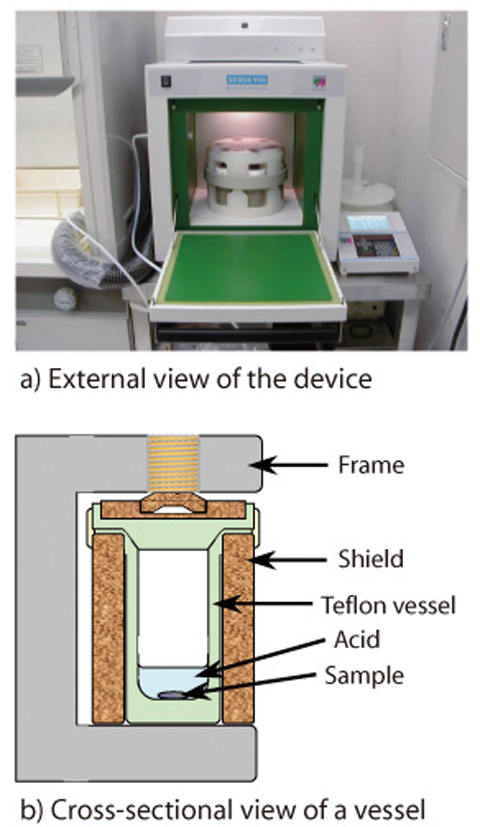Fig.9-3 Disposal of low-level radioactive wastes

Fig.9-4 Microwave heating device
Low-level radioactive miscellaneous wastes have been generated from various research facilities. The disposal of solidified packages of the wastes is planned. The solidification of miscellaneous wastes by plasma melting yields high chemical stability and immobilizes radionuclides effectively. For the safe disposal of radioactive wastes, it is indispensable to verify that each waste package is prepared in accordance with requirements for disposal, e.g. mechanical strength, radioactivity concentration, etc. (Fig.9-3). In order to establish a rational and reliable verification method for radioactivity in waste packages, radioanalytical data collected from both the original wastes and the solidified products are required, such as composition, concentration and distribution of radionuclides.
For the radiochemical analysis of radioactive wastes from research facilities, a larger quantity of sample solutions has to be prepared than in chemical composition analysis, because there are various kinds of radionuclides to analyze in the wastes and their radioactivities range widely in concentration. In addition, the solidified products yielded by plasma melting are difficult to dissolve.
In order to dissolve a sample of solidified products rapidly, a dissolution method using microwave heating devices was applied (Fig.9-4). In a conventional method involving only external heating with various mixtures of acids, a 0.1 g sample was dissolved with difficulty. However, upon applying the microwave-assisted dissolution method, a 1 g sample was completely dissolved in a shorter time. In this way the time for dissolution was shortened to less than one-tenth. In addition, the use of sealed vessels can prevent release of radionuclides. From the viewpoint of safety, the dissolution method with microwave heating devices is effective.
<Previous: 9 Development of Technology on Nuclear Cycle Backend | Next: 9-3 >